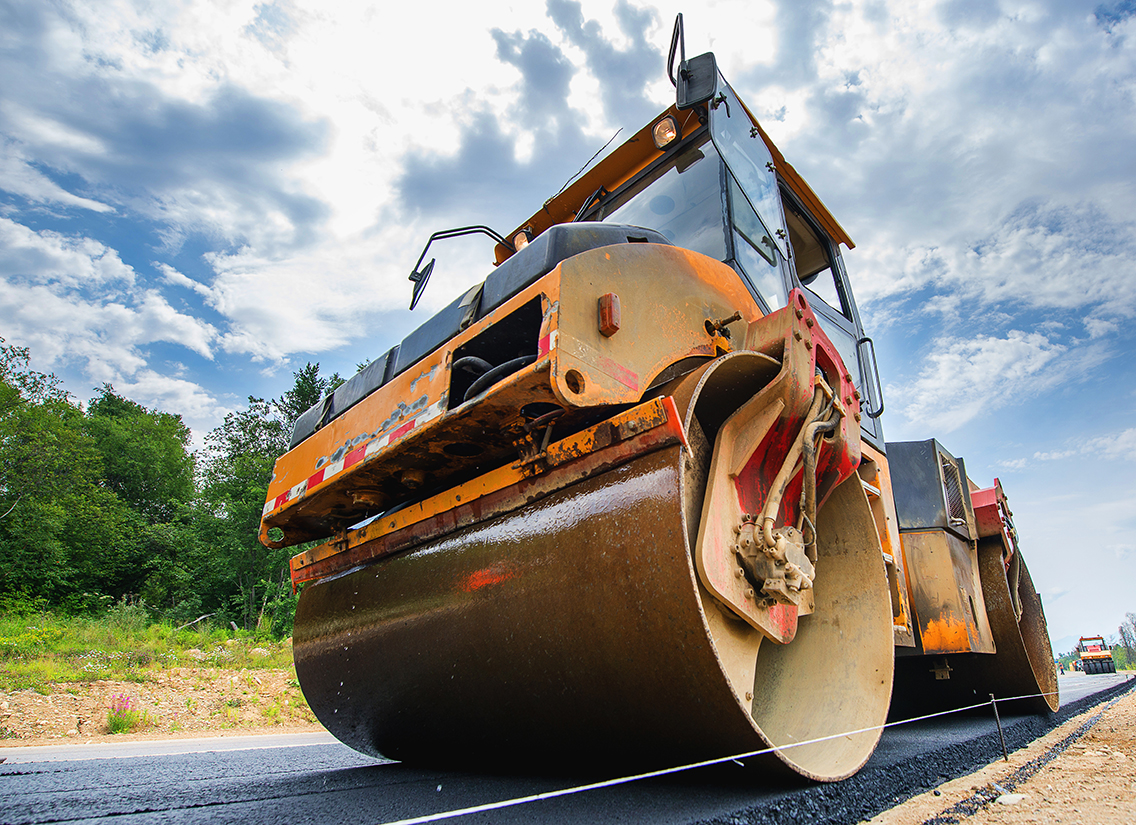State, Local Governments Using Higher Revenues to Increase Infrastructure Spending

According to a Wall Street Journal analysis of state and local revenue collection and spending, public agencies are increasing their infrastructure investments and making a dent in projects that have been on back burners for many years.
A strong economy has resulted in an increase in consumer spending, and all that new tax revenue is helping to drive not only infrastructure spending but municipal borrowing as well. In fact, according to October 2018 data, the latest available from the Commerce Department, total state and local construction spending — based on a seasonal adjusted annual rate — was up 9.7% from October 2017 to more than $288 billion. Commercial construction was up the most year over year at 62%, followed by amusement and recreation (30%), water supply (22%), public safety (18%) and transportation infrastructure (15%). Tax revenue, adjusted for inflation, grew by 6% in the second quarter of 2018 from the second quarter of 2017, according to a Tax Policy Center report.
Year-to-date state and local government borrowing through October 2018 was up 19% from the same period in 2017, driven in part by a desire to take advantage of current interest rates in case they continue to increase. The pipeline of publicly funded construction projects, including those much-needed upgrades and repairs that have been shelved due to a previous lack of money, according to the newspaper, could make up for potential industry slowdowns.
Some measures that won approval included $16 billion for California construction projects. That measure included $3.5 billion of security and plumbing improvements in San Diego; $2 billion for homelessness prevention housing, $4 billion for other housing initiatives and veterans’ loans and $1.5 billion for children’s hospitals.
New Jersey voters gave the green light to $500 million for school and infrastructure projects and were joined by North Carolina, where voters approved $548 million for school construction, and Oregon, where residents supported $653 million for affordable housing. In Collin County, Texas, which is part of the Dallas-Fort Worth metro area, voters said “yes” to $600 million for non-tolled highway construction.
And while some voters don’t have a problem paying more at the pump in the form of extra fuel taxes to fund road upgrades and repairs — like those in California who rejected a repeal of a recent increase — some are still resistant. A Missouri measure that would have increased the state’s gas tax by 10 cents per gallon in order to pay for road and bridge work failed to pass.
Wait! Don’t miss out on the latest insights
Sign up for Saschse Construction’s
e-newsletter below!
Featured Topics
BUSINESS
CONSTRUCTION
ECONOMY + EMPLOYMENT
INDUSTRY NEWS
Investment
National

